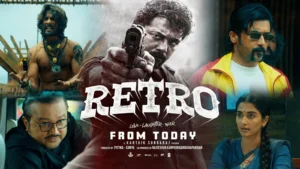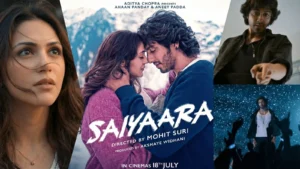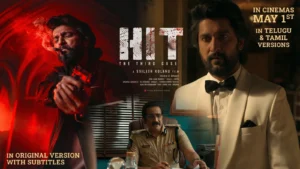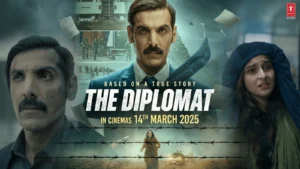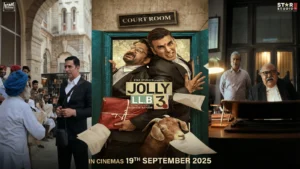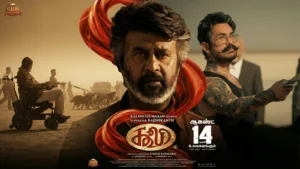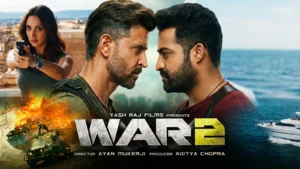When I say Mirai surprised me, I mean it in the most literal sense. Because even though I’d already spoiled half the plot by watching its trailer the previous night (and trust me, they’ve revealed everything there), the movie still managed to pull me in. So before we start, A quick warning: This review discusses all major plot points revealed in the official trailer. If you have not seen the trailer and wish to remain completely unspoiled, please proceed with caution.
Now let’s dive into Mirai – starring Teja Sajja, directed by Karthik Gattamneni – a movie that once again tries to build a new superhero universe rooted in mythology, faith, and a generous dose of over-the-top Telugu imagination.
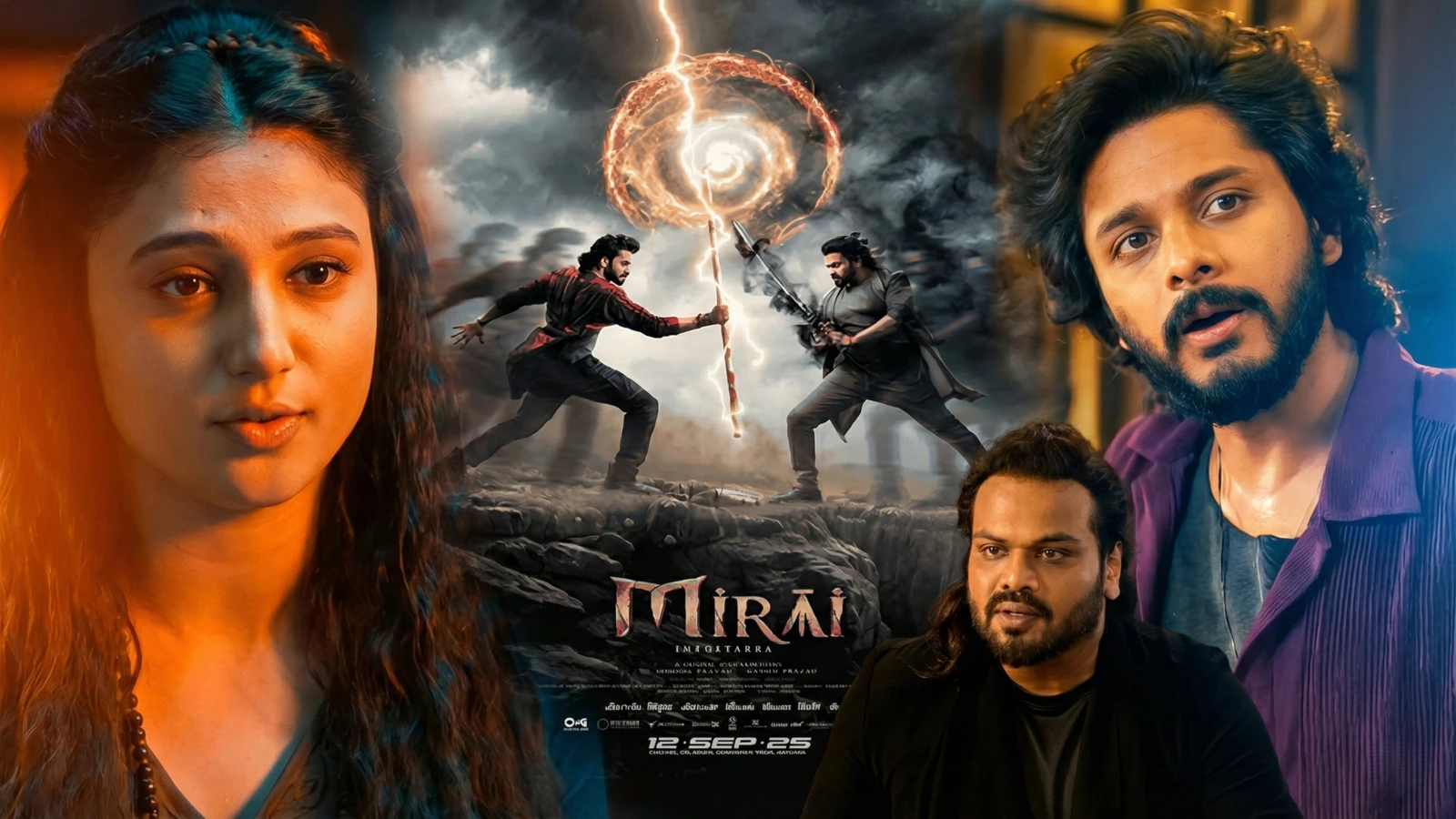
A Normal Guy with Not-So-Normal Destiny
The story of Mirai begins with a regular guy doing his regular guy things – working, laughing, getting into small troubles, and facing the everyday hustle. And I’ll confess something – I missed the first 5–10 minutes of the movie because I was stuck in traffic. But I wasn’t sweating it. I knew that the film was probably still introducing Teja Sajja’s character as your average, nice-hearted fellow who’s unknowingly destined for greatness.
When I finally entered the theatre, exactly that was happening. Teja’s character was being his good-hearted self, helping people, running into mild chaos – basically a Telugu superhero in disguise, but without the cape yet.
Then comes the twist: he’s not some random nobody. He’s the Chosen One. The guy’s life has a higher purpose – to stop a great evil that’s rising again. There are nine sacred scriptures scattered across the world, and if the villain gets hold of all of them, something truly catastrophic will unfold.
Sounds familiar? Sure. But in a way that’s still thrilling when done right.
- A Normal Guy with Not-So-Normal Destiny
- The Desi Superhero Dream – Now With a Spiritual Core
- Mythology Meets Manga – And A Trip to Japan (Of Course)
- Bigger, Brighter, Bolder – Visuals & Production
- VFX and Action – Not Perfect, But Progress
- Music and Soundtrack – The Soul of Mirai
- Performances – Teja Sajja Levels Up
- Direction & Storytelling – More Cohesive Than HanuMan
- Themes & Tone – Faith, Fate, and Fun
- Technical Aspects – The Good, The Odd, and The Glorious
- What Works
- What Could’ve Been Better
- A Confident Step in India’s Superhero Journey
- Related Movie Reviews
- Rate this movie
The Desi Superhero Dream – Now With a Spiritual Core
For years, Indian audiences have complained – “Why can’t we make good superhero movies?” We’ve tried a few – Ra.One, Flying Jatt, Minnal Murali – but none could spark a consistent trend. Then came HanuMan, and suddenly the game changed.
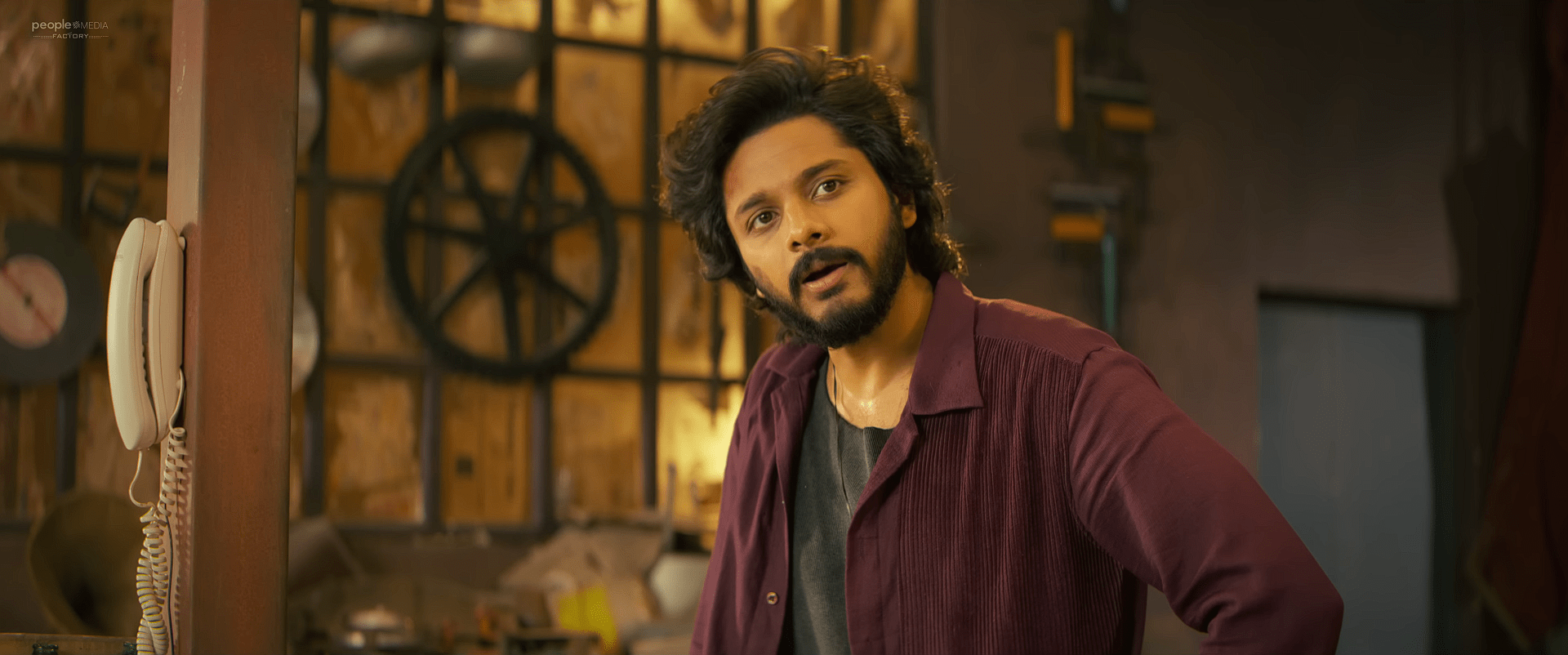
Mirai clearly builds on that momentum. While Hollywood superheroes rely on science or freak accidents, here, the power source is devotion and mythology. That’s what gives Mirai its distinct identity.
Teja Sajja seems to be shaping his own little sub-genre of Indian superheroes – ones who pray as much as they punch. He’s not Iron Man or Spider-Man – he’s the guy who might chant a mantra before jumping off a building to save the world. And surprisingly, it works.
Mythology Meets Manga – And A Trip to Japan (Of Course)
Indian filmmakers, I’ve noticed, have a strange fascination with Japan lately. Every other movie is sending someone there – to meditate, fight samurais, or just look cool with neon lights and cherry blossoms in the background.
In Mirai, too, we get a globetrotting adventure – from Indian temples to Japanese shrines, Moroccan deserts, and back again. The story takes the mythic adventure format but gives it an anime-style flair. It’s like Indiana Jones took a detour through Naruto.
And honestly, that mix gives Mirai a fresh flavor. It’s not another mythology movie pretending to be “modern.” It’s modern and proudly mythological – and that balance is tough to pull off.

Bigger, Brighter, Bolder – Visuals & Production
If you’ve seen HanuMan, you’ll instantly notice how Mirai looks bigger. The production value has gone up, and it shows in almost every frame. From grand sets to sweeping landscapes, the visuals are ambitious.
Sure, sometimes you can tell that a scene was shot on a set – a little too polished lighting here, a slightly fake texture there – but that’s forgivable. Because even with those minor flaws, the film looks grand, colorful, and cinematic.
And that’s what matters – it never feels like a low-budget experiment. The makers clearly believed in the world they were creating, and that conviction shines through.
VFX and Action – Not Perfect, But Progress
Let’s be honest – Indian superhero VFX has had its fair share of “oops” moments. Mirai doesn’t escape them entirely, but it’s a solid step forward.
There are some sequences that genuinely look impressive – explosions, energy bursts, flying battles – all handled with relative polish. The gap between imagination and execution isn’t huge anymore.
The action choreography is clean. You always know who’s fighting whom, and why. The powers aren’t just flashy effects; they’re integrated meaningfully into the story and fights.
When Teja Sajja’s hero faces off against Manchu Manoj’s villain, you actually feel that larger-than-life energy – the kind of clash that makes theatres erupt.
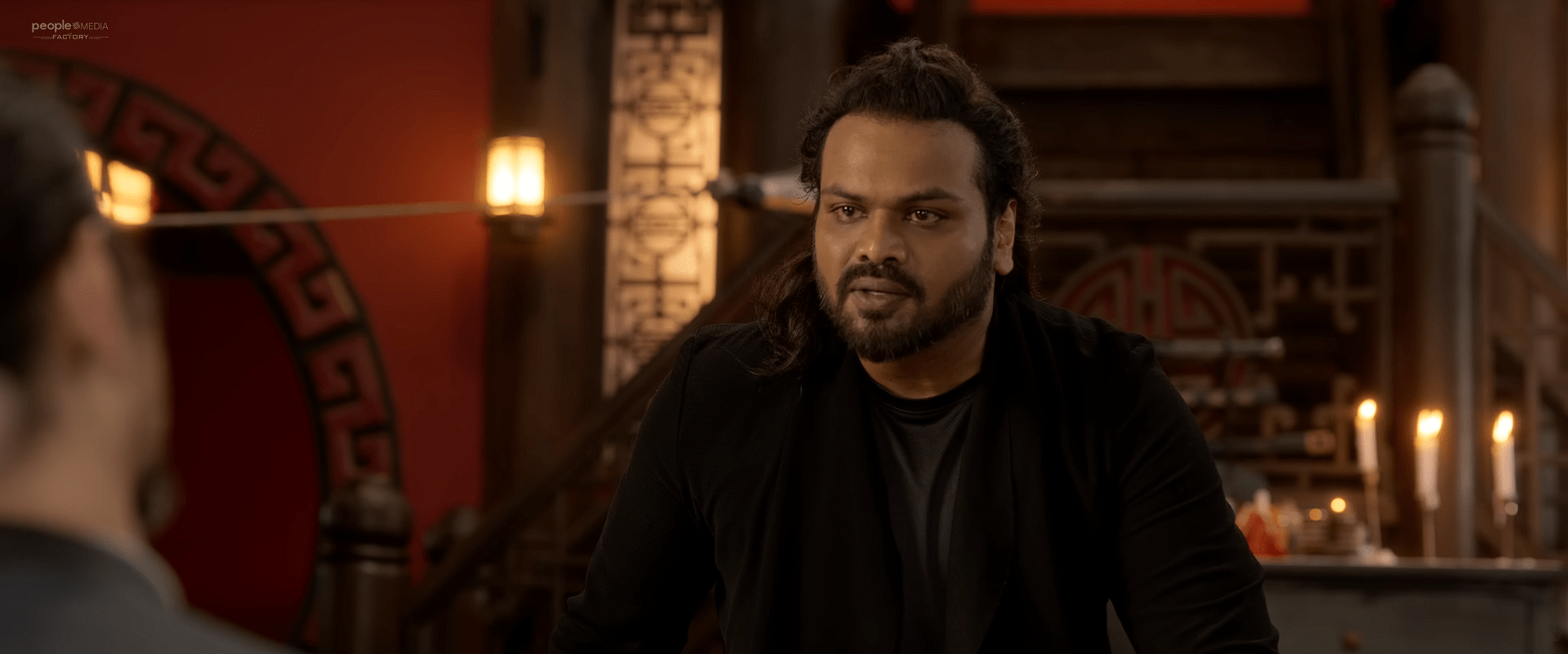
Music and Soundtrack – The Soul of Mirai
If there’s one thing that made HanuMan soar emotionally, it was its music – especially that electrifying Hanuman Chalisa moment. Mirai tries to replicate that energy, and the result is the hauntingly powerful “Rudhira Magadh.”
I heard it again later on YouTube, and trust me – it hits hard. The way the background score gradually builds around it, teasing the melody before unleashing it during key moments, elevates the entire film.
Music is where Mirai truly finds its spirit. The chanting, the percussion, the orchestral sweeps – all combine to give that divine-superhero blend that makes your spine tingle.
Performances – Teja Sajja Levels Up
Let’s give credit where it’s due – Teja Sajja is fast becoming the face of India’s mytho-superhero genre. In Mirai, he balances charm, intensity, and vulnerability beautifully.
His expressions never feel exaggerated, and his reaction shots during emotional or action-heavy scenes carry authenticity. You can sense the effort and belief he has in this role.
Manchu Manoj as the villain brings weight to the story – though in some places, his performance dips into cliché territory. But when the action begins, he looks convincing, especially when wielding weapons. Those spins and strikes? Definitely his own – no body double shortcuts there.
Direction & Storytelling – More Cohesive Than HanuMan

One of the biggest criticisms of HanuMan was that the film’s emotional and narrative peak came only in the last 20 minutes. Everything before that felt like buildup.
Mirai avoids that trap. This time, the story feels cohesive and well-paced. From the first act, it’s clear where we’re heading, and each segment builds upon the last. There’s no “sudden awakening” or random power upgrade moment.
Even the humor is smartly placed – like a scene where a side character dramatically declares, “He’s our king!” in full Baahubali-style seriousness. That parody of South Indian cinematic tropes got genuine laughter from the audience.
Themes & Tone – Faith, Fate, and Fun
What separates Mirai from a typical superhero flick is its emotional grounding. It’s not just about saving the world; it’s about understanding destiny, belief, and inner strength.
There’s a spiritual undercurrent running throughout – the sense that power isn’t just granted but earned through devotion and purpose. That makes the film emotionally richer than your average action entertainer.
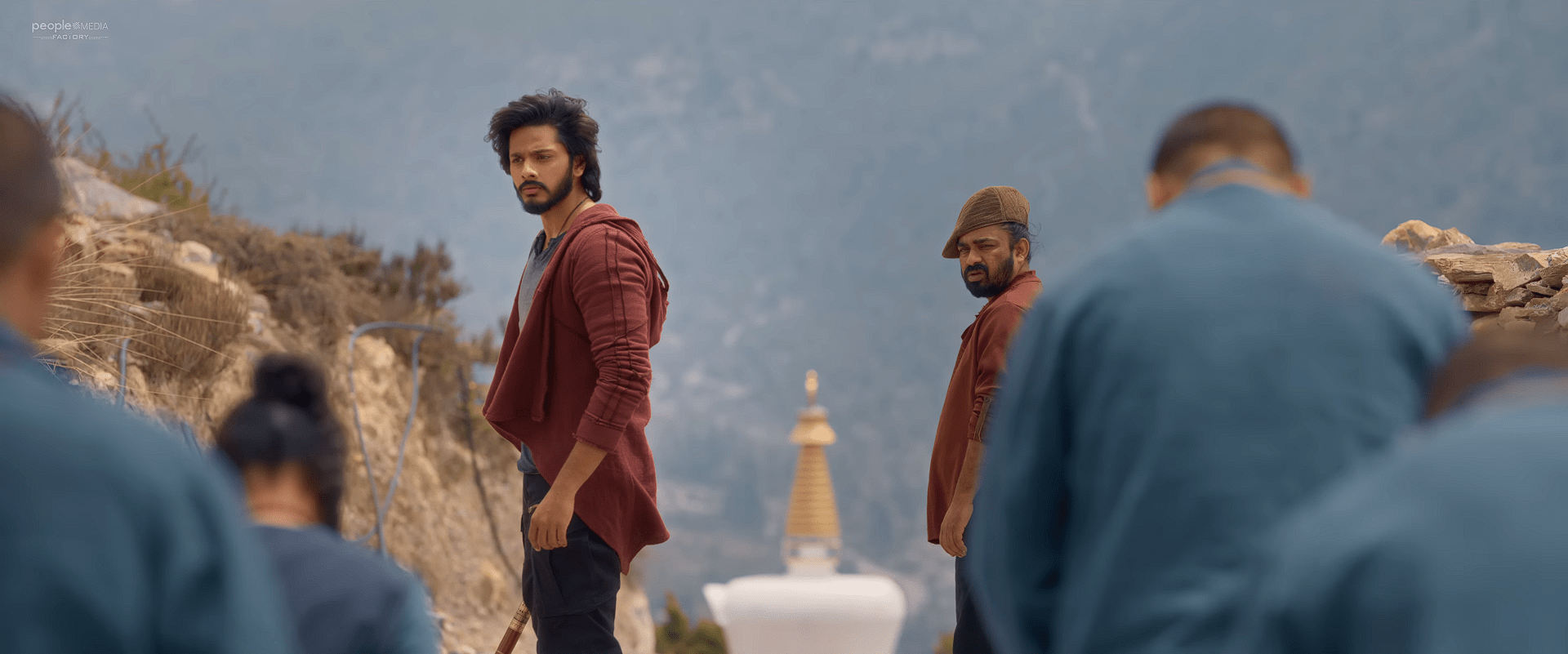
At the same time, it doesn’t turn into a sermon. The movie has fun with itself – from globe-trotting quests to exaggerated villains, it embraces the genre’s madness wholeheartedly.
Technical Aspects – The Good, The Odd, and The Glorious
Cinematography: Stylish and ambitious, though occasionally too experimental with lighting – one frame might be bathed in neon blue, another in crimson red. But hey, at least it’s never dull.
Editing: For a nearly three-hour movie, the pace feels surprisingly tight. The story doesn’t meander or lose focus.
Production Design: A mix of temple aesthetics, futuristic labs, and exotic landscapes – you can tell the team had fun designing this world.
Dialogue: Occasionally melodramatic but effective, especially during key emotional beats. The writing knows when to be mythic and when to be playful.
What Works
- Teja Sajja’s performance – sincere and grounded.
- Visually strong and ambitious world-building.
- Background music that genuinely elevates scenes.
- A spiritual superhero concept that feels uniquely Indian.
- Crisp pacing and coherent storytelling.
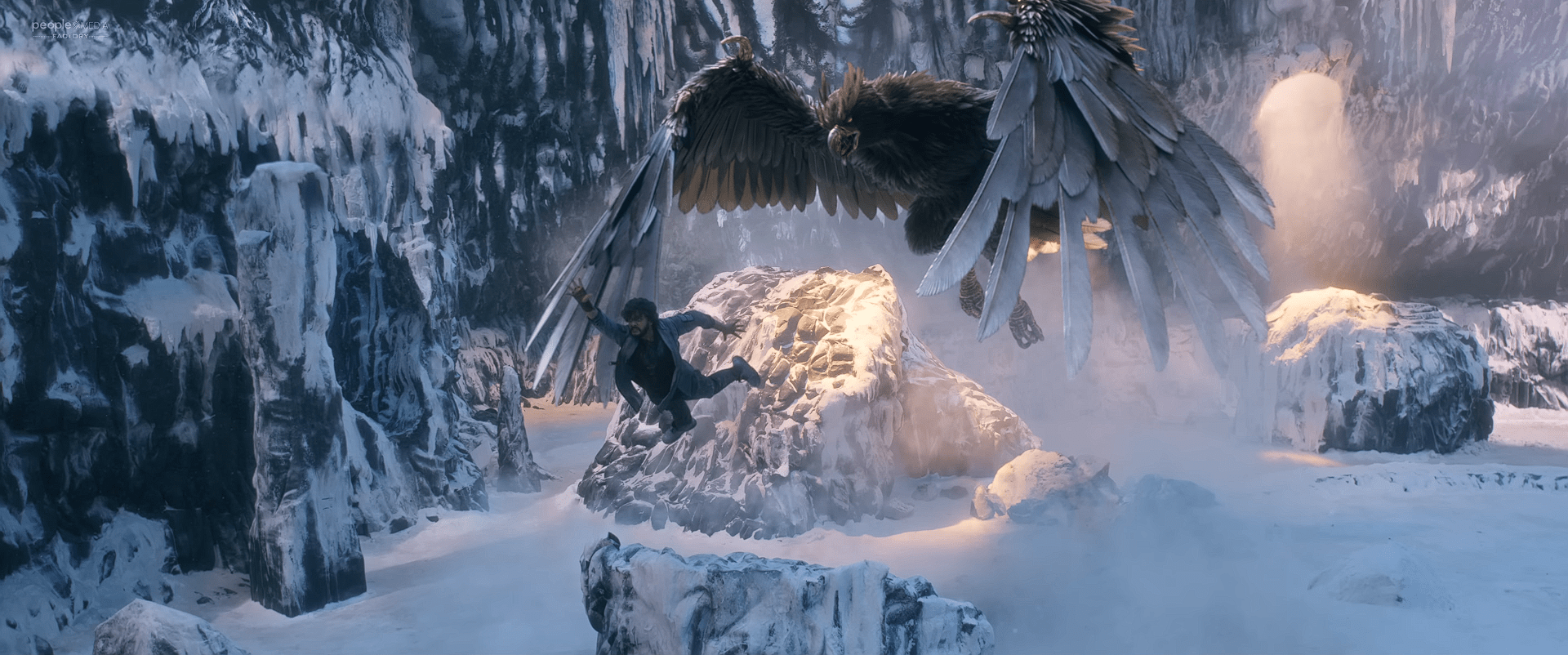
What Could’ve Been Better
- Some lighting choices and sets feel too artificial.
- Villain’s character could’ve used more depth.
- Missing that goosebumps-inducing climax like HanuMan’s final 20 minutes.
A Confident Step in India’s Superhero Journey
At this point, I think we can safely say that Teja Sajja is building something special – a connected mythological superhero universe that blends faith with fantasy.
Mirai might not reach the emotional highs of HanuMan, but it’s a more polished, more cohesive, and more confident film. It proves that Telugu cinema isn’t afraid to dream big – even if it means juggling myth, manga, and masala all at once.
So, if you enjoyed HanuMan, or if the trailer intrigued you, go for Mirai. Don’t overthink it. It’s grand, sincere, funny, occasionally cheesy, but always entertaining.
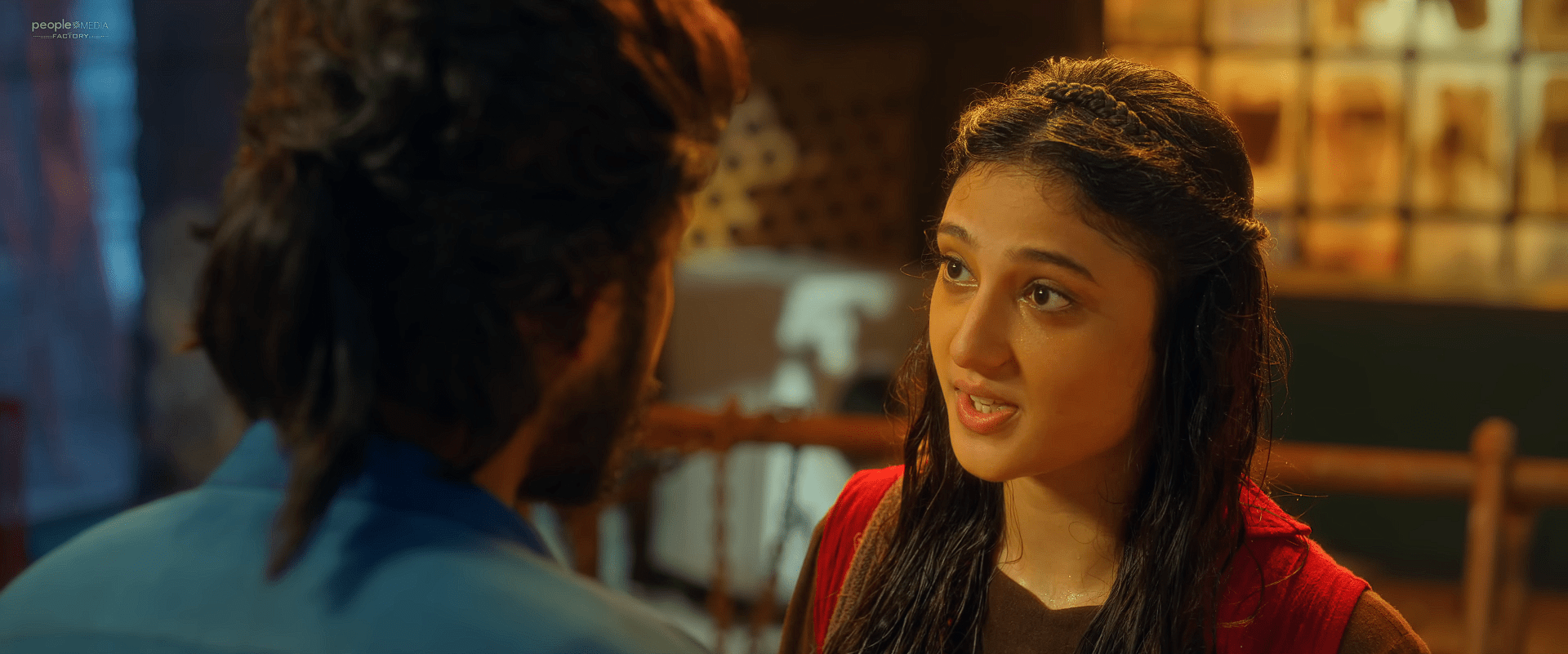
And yes – even with all its imperfections, Mirai makes you believe that Indian superhero cinema doesn’t need to copy Marvel or DC. It just needs to believe in its own gods, its own heroes, and its own heart.
Verdict:
On the Mocktail Scale, I’d give Mirai a solid 3.5 out of 5 – a visually rich, spiritually charged superhero adventure that proves Teja Sajja isn’t just following a formula – he’s creating one.
